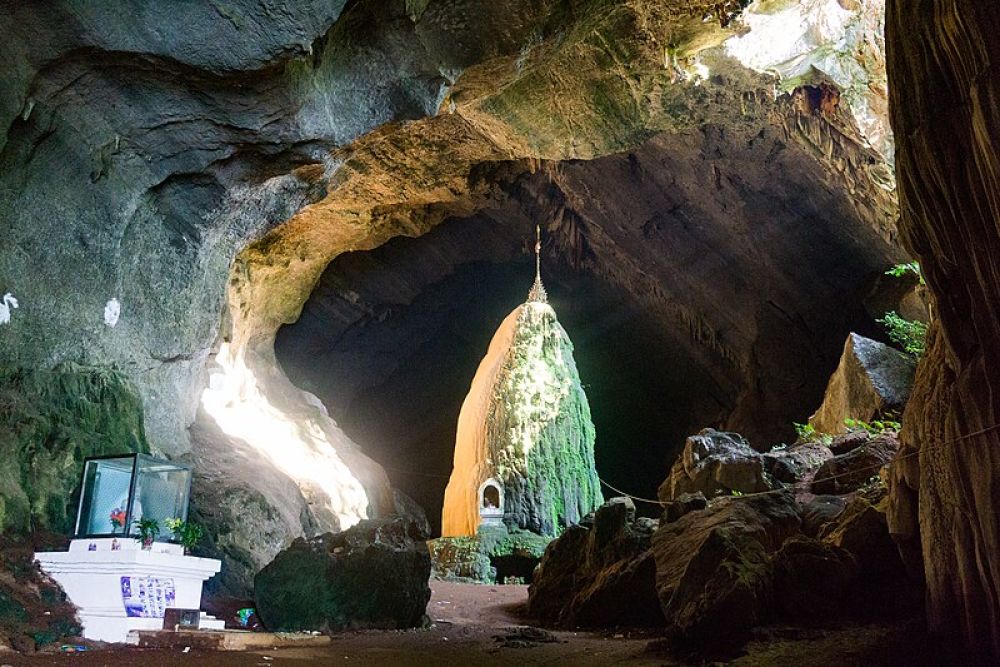

The Saddan Cave, located near HpaAn in Myanmar, is one of the lesser-known gems in Southeast Asian tourism. Historically, Myanmar, also known as Burma, has been a destination for intrepid travelers seeking to explore its rich cultural heritage and untouched landscapes. Saddan Cave specifically has been a site of interest for both pilgrims and tourists alike due to its significant religious and natural features.
For centuries, Saddan Cave has been a place of worship and a natural wonder within the Kayin State. The cave is adorned with Buddhist iconography and statues, which have stood the test of time and are central to the attraction's historical and religious significance. Local legends and stories passed down through generations add a layer of mystique to the exploration of the cave.
It wasn't until Myanmar opened up to international tourism in the late 20th century that Saddan Cave started gaining attention from overseas. However, given the political climate and limited infrastructure, growth in tourism was slow. In recent years, with political changes and a growing interest in off-the-beaten-path destinations, Saddan Cave has seen a slow but steady increase in visitors.
The latest trends in tourism at Saddan Cave reflect a growing desire for sustainable and authentic travel experiences. Visitors are increasingly interested in:
Myanmar's tourism infrastructure is progressively improving, making locations like Saddan Cave more accessible while still retaining their untouched allure. As Myanmar continues to open up, the future of Saddan Cave tourism looks promising with the potential for increased attention to conservation efforts and community-involved tourism.